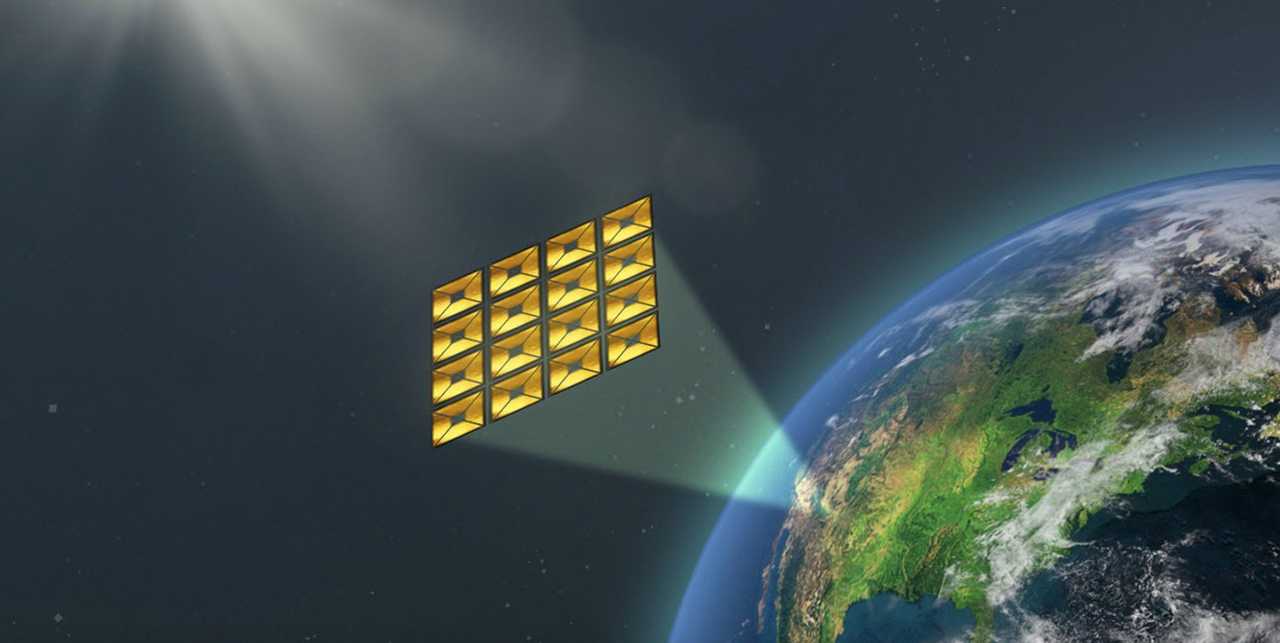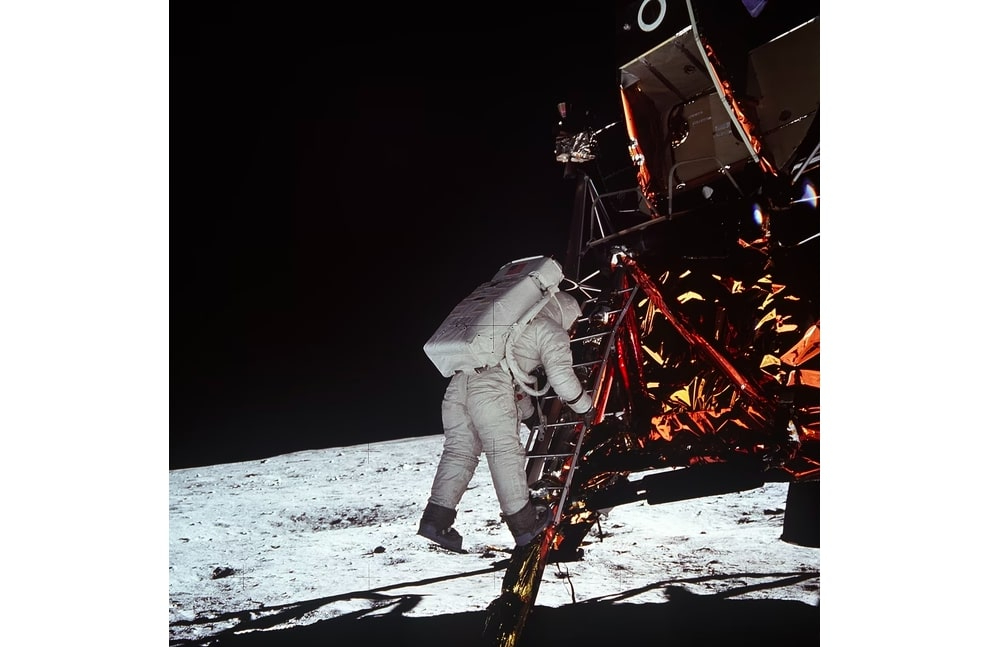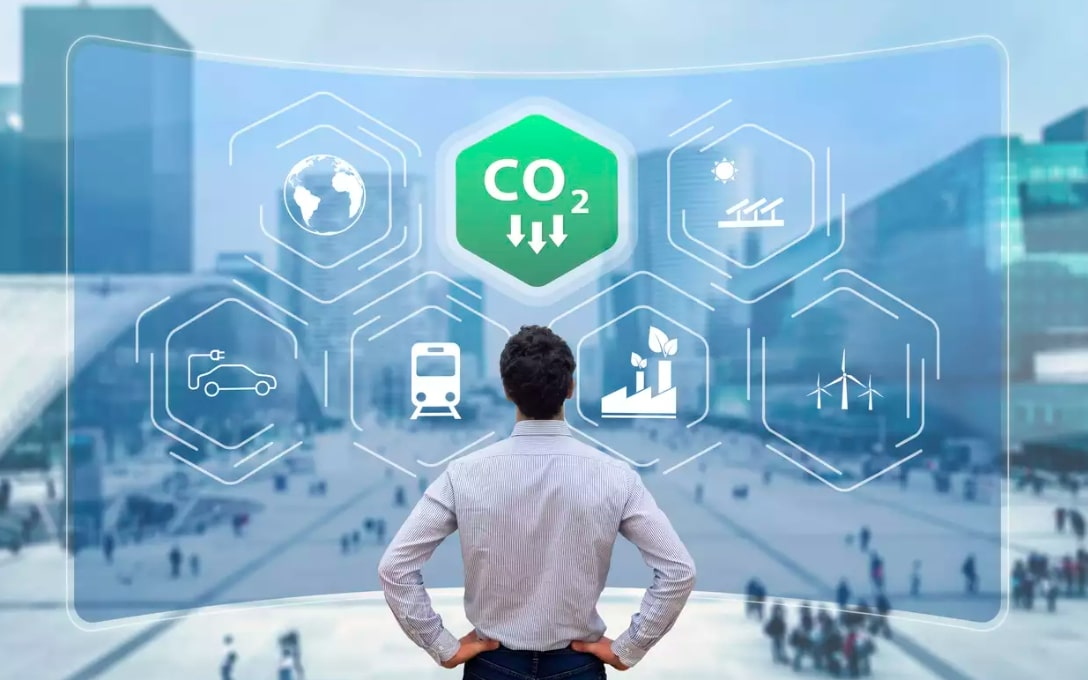Space-based solar power is one step closer to reality

Image: Caltech
In January 2023, Caltech scientists launched the first-ever test of a satellite that can collect solar power in space and then beam it down to Earth. Now, one year later, the scientists announced their experiment was a resounding success.
How it works… The Caltech team’s satellite is equipped with a sail-like structure that captures sunlight in Earth’s orbit, then converts it into electricity. A custom-built transmitter onboard the satellite turns the electricity into electromagnetic energy, beaming it down to Earth via microwaves.
The potential advantages of space-based solar power are simple. It allows for a higher collection of the Sun’s energy due to lack of atmosphere, as well the potential for 24-hour solar power. But, much like your coworker’s billion-dollar app idea, there are still a few obstacles to overcome before widespread adoption.
Scientists experimenting with microwave technology across long distances have only been able to transmit enough energy to power a handful of LED light bulbs thus far.
- Using current technology, beaming several gigawatts of solar energy (or enough to power 1-2 million homes) would require a transmitter measuring roughly 1.2 miles in diameter – both on Earth and in space (for context, the ISS measures 361 feet by 243 feet).
⚡ Zoom out: Nearly all of the top global superpowers are currently funding space-based solar power projects, including the US, UK, EU, China, Russia, India, and Japan.
Share this!
Recent Science & Emerging Tech stories

Science & Emerging Tech
| January 18, 2024Why moon landings are proving harder now than 50 years ago
🚀🌕 In 1972, NASA landed its sixth crewed mission on the Moon – but no astronauts have returned to the lunar surface ever since. So, what has prevented a successful return trip?

Science & Emerging Tech
| January 11, 2024The US is making progress on reducing emissions
🏞️ The US reduced its greenhouse gas emissions last year as the overall economy grew, signaling that America is slowly heading toward a more sustainable future, per a new report.

Science & Emerging Tech
| January 10, 2024Life in plastic? Not so fantastic, says science
💧🥤 A typical 33-ounce bottle of water – or 1 liter for Europeans – contains an average of 240,000 plastic fragments, or ~100x more than previously thought, per a new study.
You've made it this far...
Let's make our relationship official, no 💍 or elaborate proposal required. Learn and stay entertained, for free.👇
All of our news is 100% free and you can unsubscribe anytime; the quiz takes ~10 seconds to complete